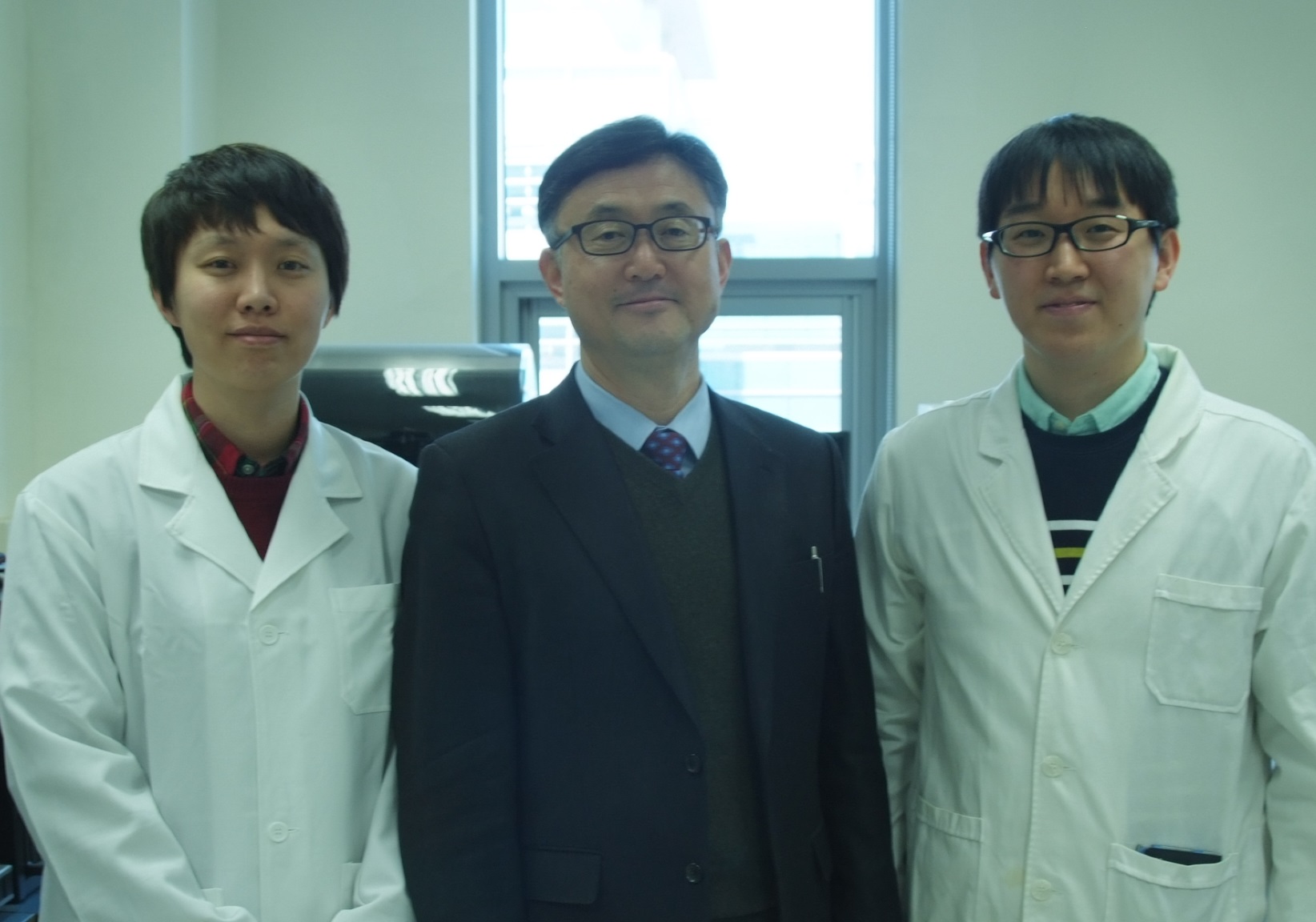Media Center
A multimedia mosaic of moments at GIST
GIST Excellence
[Press Release] Prof. Kwanghee Lee"s Team Develops Flexible and Transparent Electrodes
- 정명식
- REG_DATE : 2015.03.26
- HIT : 1082
New Transparent Electrodes Foldable Over 1000 Times like Paper
Study to Help Quicken Commercialization of Flexible Electronics

A Korean research team has developed flexible and transparent electrodes
that satisfy the standard specifications, namely a transmittance of 90% or
higher in the visible range and a sheet resistance of 10 Ω/sq or lower. Their
research is expected to help pave the way toward commercialization of flexible
electronics.
The research was led by corresponding author Prof. Kwanghee Lee of GIST
School of Materials Science and Engineering and by co-first authors Dr. Hongkyu
Kang of the Research Institute for Solar and Sustainable Energies (RISE) and
Ms. Suhyun Jung, a doctoral student at GIST School of Materials Science and
Engineering. This work was supported by the National Research Foundation of
Korea grant, funded by the Ministry of Science, ICT and Future Planning, and by
the Core Technology Development Program for Next-generation Solar Cells of
RISE, GIST. The result was published online on March 19, 2015 in Nature Communications (Title:
Polymer-metal hybrid transparent electrodes for flexible electronics).
Flexible and transparent electrodes are considered a
key component to realize future
ubiquitous electronic devices, such as flexible displays and wearable
electronics. Despite recent research efforts to develop new electrodes, further
enhancement in the performance of the transparent electrodes fabricated on flexible
plastic substrates is still required to meet the standard specifications of a high
transmittance in the visible range and a low sheet resistance.

The research team developed an innovative method to
overcome metal island growth originating from random migration and aggregation
of thermally evaporated metal droplets on substrate surface. By introducing an
amine-containing polyelectrolyte as a metal nucleation-inducing seed layer on
the top of the substrate, the research team created uniform, strong
metallization nuclei on plastic substrates in which the nucleation centers are
densely distributed over atomic-scale distances. As a result, the research team
successfully fabricated extremely flexible, conductive and transparent polymer-metal
hybrid electrodes with unprecedented performances, including a high visible-range
transmittance of over 95%, a low sheet resistance of lower than 10 Ω/sq and an excellent mechanical stability with
a nearly constant resistance after continuous bending cycles.
Prof. Kwanghee Lee said, “Our new approach is expected
to help realize the large-area and mass production of the flexible and
transparent electrodes because it requires simple and low-cost manufacturing
processes. In addition, we hopefully believe the results will
pave the way to commercialization of ubiquitous optoelectronic applications such
as flexible and wearable electronics.”